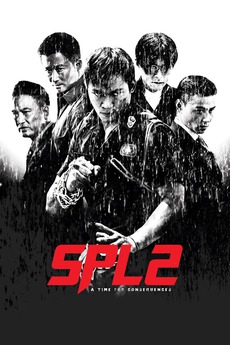
Continuing from first blogpost on Juan Madrid, I have now read the two first volumes of the Toni Romano series, currently published on a 35th anniversary edition, by B de Bolsillo: Un beso de amigo/Kiss From a Friend, 1980; and Las aparencias no engañan/ Appearances don’t lie. Romano is a former policeman and boxer, scraping a living doing things that could put the skills he was trained for to use (taking blows, finding people, security, doorman: as the series progresses, his jobs go from bad to worse). The first novel is set in the Madrid of the transition, the moment between Franco’s death in 1975 and Colonel Tejero’s attempted coup in ’81; the second is set immediately after; and both novels vividly evoke the period of the Transition.
There are Goyaesque vignettes such as a dwarf offering Toni a blowjob whilst her blind mother is seemingly asleep in the same room; drunks making a home in the parking lots under the Plaza Mayor; characters such as Zaza Gabor, playing his accordion in local restaurants in exchange for meals, neighbourhoods where everyone knows each other, each trying to work out the angles to survive; all against the police; all at a time of change and incertitude, with the rich and right-wing trying to hold on the power they wielded under Franco, funding thugs to beat the more liberal factions with; yet, with some of the certainties and completely accepted ways of being under the Franco years crumbling (there’s no Church so far in the novels; the family is the ultimate source of betrayal in the first novel; I’ll come to the police in a moment). Sex is everywhere, and it’s for sale.
Like with Vázquez Montalbán, Juan Madrid paints a picture of a known Madrid of the period and you can trace Romano’s walks (as I did with google maps) through the central neighbourhoods of Madrid (Sol, Plaza Mayor, Chueca, Gran Vía: the action is all very central except for a few forays to the more prosperous new suburbs or in order to deposit the odd body in the forests outside Madrid; all streets he mentions can be found; the books are like an artist’s pulpy and vernacular sketch of the human geography of the city of Madrid in the era of the transition to Democracy
As to the forces of law and order, Madrid is Marxist:
***
‘La policía, a pesar de los discursos y de las pamplinas que se escribían sobre ella, no servía para defender a los cidudadanos, sino para vigilarlos. Éramos una especia de guardia pretoriana de unos pocos, pagados por los impuestos de todos….Sé de comisarios con cuatro sueldos, algunos de profesor, acudir a burdeles y después condenar a prostitutas apelando la Ley de la Peligrosidad Social. A cambio de tanta corrupción, se conseguía una policía fiel y dedicada a encarcelar a desgraciados. Y el que no aceptaba aquella cosas era tratado como sospechoso o imbécil.
Me han dicho que ahora con la democracia las cosas han cambiado. No lo sé/
In spite of the discourses and all the nonsense written about it, the police is not there to defend citizens but to keep them under surveillance. We were a kind of of praetorian guard for the few, paid for from the taxes of all…I know of commissioners with four salaries, some as professors, going to brothels and subsequently arresting prostitutes under the Social Danger Laws. In exchange for so much corruption, one aquires a faithful police force dedicated to incarcerating the unfortunate. And whomever didn’t accept that was liable to be treated as either stupid or suspect.
They tell me Democracy has now changed those things. I don’t know’.
****
I’m finding Madrid’s novels most interesting. All his women lack depth; they’re stereotypical projections of sex, danger and betrayal. And yet, the (city of) Madrid of those years, which I know first hand, seems vivid; if one doesn’t look for depth, the line drawings of the people and social relations that peopled those streets in that time are as real and evocative to me as nothing else I know of except Almodóvar’s early films (which dealt with a different but intersecting side of that same [city of] Madrid).
José Arroyo






